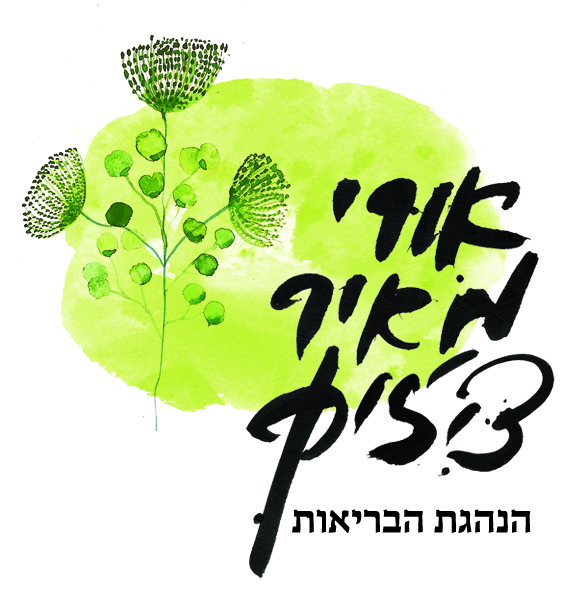Each year, before a new beginning, there is a familiar urge to renew ourselves. But is renewal truly healthy? And if so, how?
Our bodies and our lives are built on cycles. Much of human biology follows repeating patterns: the daily circadian rhythm of light and darkness, the monthly pull of the moon, the turn of the seasons in autumn, winter, spring, and summer. Within us, as in the world around us, life is never linear. It moves in circles.
The circadian rhythm is the biological cycle that repeats itself roughly every twenty four hours. The term comes from the Latin circa diem, meaning “about a day.” It is an internal clock that operates on its own, yet it is also influenced by signals from the outside world, such as light and darkness, warmth and cold. At the center of this rhythm is the suprachiasmatic nucleus in the hypothalamus, which serves as the body’s master clock. One of its most important messengers is the hormone melatonin. When darkness falls, melatonin secretion rises. It lowers body temperature and makes us feel sleepy, preparing us for night rest. When light is present, melatonin production decreases and the body prepares for waking and activity.
When this inner clock is aligned with the natural cycles around us, we feel balanced. When it is thrown off, by jet lag, by glowing screens before bed, by sleepless nights, our bodies lose their pace. Over time, these disruptions can lead to insomnia, depression, attention problems, and other illnesses. Modern medicine prescribes melatonin itself as treatment for sleep and developmental disorders, echoing what ancient medicine already knew: rhythm is health.
Maimonides, in his Regimen of Health, placed timing at the heart of medicine. He wrote of eating and fasting, rest and movement, waking and sleep, not only in broad strokes but also in precise daily and seasonal detail. He warned that habits should be changed only slowly, almost by tricking the body into adapting, because abrupt change can cause harm. Ancient medicine, like ancient agriculture and religion, was deeply concerned with cycles: when to sow, when to harvest, when to give medicine, when to celebrate. Jewish holidays, like so many traditions around the world, are arranged by the moon.
Ibn Abi Usaybiʿa, a thirteenth century physician and historian, told of a Jewish doctor in Aleppo who healed a dying servant not with exotic cures but by restoring her old diet and habits. Her illness, he said, was “a change of temperament.” In today’s language, we might call it a disruption of rhythm. Health returned when her body returned to what was familiar.
So is renewal healthy? The answer is yes, if we understand that renewal does not have to mean breaking the circle. Flowers bloom again each spring. Asparagus rises fresh from the earth each winter. Every summer I look forward to fermenting hot peppers, to drying figs, to pickling capers. Renewal can grow from repetition itself. Cycles, when embraced, make room for newness.
And yet, cycles can also trap us. Sometimes we find ourselves in patterns that no longer serve us, that weigh us down. Then renewal must mean change, carefully, attentively, step by step.
So renewal and rhythm belong together. To find balance, we can begin with two practices:
-
Align ourselves as much as possible with the natural world, with the light and darkness, with the seasons. Sometimes that means stepping outside into the forest. Sometimes it means simply adjusting how we live in the city.
-
Pay attention to our personal cycles. Notice when in the year we feel sadness or joy, what we anticipate, what we never want to miss.
Only then can we find the kind of renewal that nourishes rather than disrupts.

